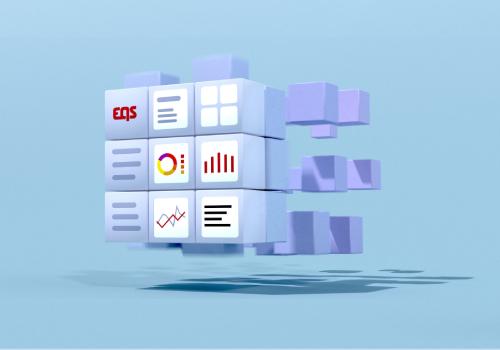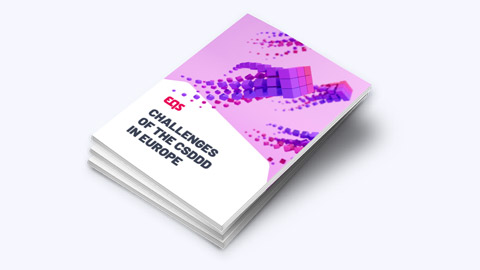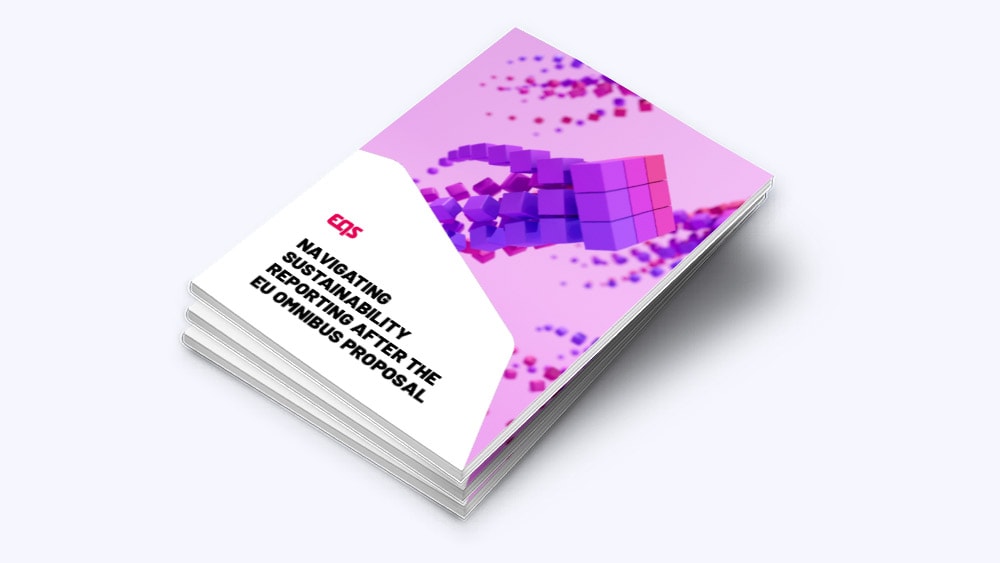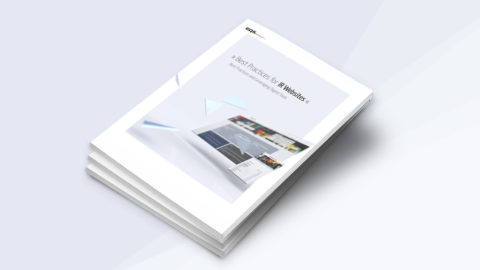Unlocking Data’s Potential for Your Compliance Program
In today's regulatory landscape, integrating data-driven processes into compliance frameworks isn't just advantageous — it's essential. We dive into the benefits and challenges of leveraging data to drive your compliance processes.
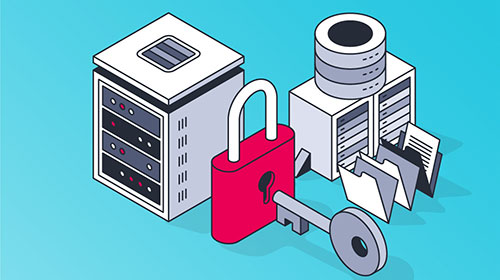
In today’s regulatory landscape, integrating data-driven processes into compliance frameworks isn’t just advantageous — it’s essential.
We dive into the benefits and challenges of leveraging data to drive your compliance processes.
Data-Driven Automation: Prioritizing Risks
Collecting data – and processing them – is at the heart of process automation. Automation significantly streamlines compliance tasks, resulting in notable cost and time savings. For instance, imagine the efficiency of sending updated policies to all employees with a single click or automating approvals for simple gift and hospitality declarations. This empowers compliance teams to allocate resources more efficiently, focusing on high-risk areas and facilitating streamlined investigations and remediation processes.
Take whistleblowing, for example, particularly with the enactment of the EU Whistleblowing Directive. Picture a scenario where multiple whistleblowing reports reveal a concerning trend of financial misconduct within a particular region. With such insights, compliance professionals can swiftly prioritize investigations and remediation efforts, ensuring a targeted response to these high-risk issues. During this period, compliance teams can have confidence that automatic acknowledgments for other reports are being sent out as required by the Directive.
This risk management-based approach signifies a shift away from a rigid, one-size-fits-all compliance checklist, towards a strategy that identifies and addresses risks based on their potential impact. Rather than spreading resources thinly across all potential threats, this approach allows organizations to focus on mitigating the most significant risks, thereby enhancing overall compliance effectiveness and resilience.
Meeting Evolving Regulatory Demands with Data
Data-driven processes are becoming increasingly integral to compliance guidelines globally. Take, for example, the US Department of Justice’s “Evaluation of Corporate Compliance Programs”, which highlights three fundamental questions the agency asks of a company’s compliance program when investigating misconduct. Data plays a key role in each.
Notably, this legislation encompasses foreign entities that could fall under the remit of a DoJ investigation.
- Is the corporation’s compliance program well-designed?
At the core of compliance effectiveness lies its design. By strategically structuring your program, you ensure it aligns seamlessly with your company’s needs. Integrating data into your compliance framework from its inception is a crucial way of doing this. Continuous monitoring of data and key metrics in real-time represents a significant departure from traditional approaches reliant on simplistic “tick the box” controls.
- Is the program being applied earnestly and in good faith?
Even the most well-designed compliance program may falter if implementation is lacking, under-resourced, or ineffective. Automated processes, as previously mentioned, play a pivotal role here, liberating the compliance team to manage high-risk areas. The Department of Justice (DoJ) also underscores the importance of senior management commitment to compliance, with the subsequent Monaco Memo suggesting companies link compliance to senior compensation. Data metrics serve as the foundation for such assessments.
- Does the corporation’s compliance program work in practice?
While a well-designed compliance program implemented in good faith is essential, it means nothing if it doesn’t work in practice. One way to gauge this is through a “one dashboard” approach, offering a comprehensive view of your entire compliance landscape. This enables you to track critical metrics such as the number of whistleblowing reports received and the timeliness of investigations, as well as employee engagement with policies.
Moreover, an effective compliance program undergoes regular review and adaptation, integrating new data and tools to drive continuous improvement. Objective data-driven monitoring facilitates swift identification of areas requiring enhancement, outpacing the insights gleaned from sporadic evaluations and assessments.
The end goal should be to build a compliance function that is not (just) a rule-enforcer, but a strategic ally. That means, harnessing AI now, becoming familiar with the tools available and getting started by asking ChatGPT to write a simple policy.
Navigating Data Challenges
Despite the promises of data-driven compliance, challenges persist. One significant hurdle is the accuracy and accessibility of data. Fragmentation across disparate systems, formats, and locations complicates consolidation efforts, while ensuring compliance with data protection regulations further amplifies the challenge. Addressing these obstacles is crucial to unlocking the full potential of data-driven compliance.
The effort, however, is worthwhile. Optimizing and standardizing data collection on a unified compliance platform significantly improves the quality of data collection and maintenance in the long term. This results in more effective resource allocation and ensures better adherence to regulatory requirements.
Next Steps:
Updating your compliance program to align with current risks and realities doesn’t need to entail a complete overhaul or incur significant expenses. Here are five key points to get started:
- Evaluate existing data sources: Identify where relevant data is stored and in what format. Standardize data where necessary to ensure consistency and accessibility.
- Secure alignment with key stakeholders: Ensure that management values a data-driven compliance approach. It’s crucial to have buy-in from all levels of the organization.
- Embrace technology-driven solutions: Explore tools and platforms that leverage data to automate compliance processes. Overcome any reluctance towards technology, as it is essential for adequately resourcing and empowering your compliance efforts.
- Continuously update your compliance program: Regularly review and update your compliance program to adapt to evolving risks and regulations.
- Monitor your monitoring: Evaluate the effectiveness of your compliance monitoring component. This involves assessing how well the monitoring processes identify and address compliance issues, incorporating lessons learned from past incidents, and making improvements continually.
